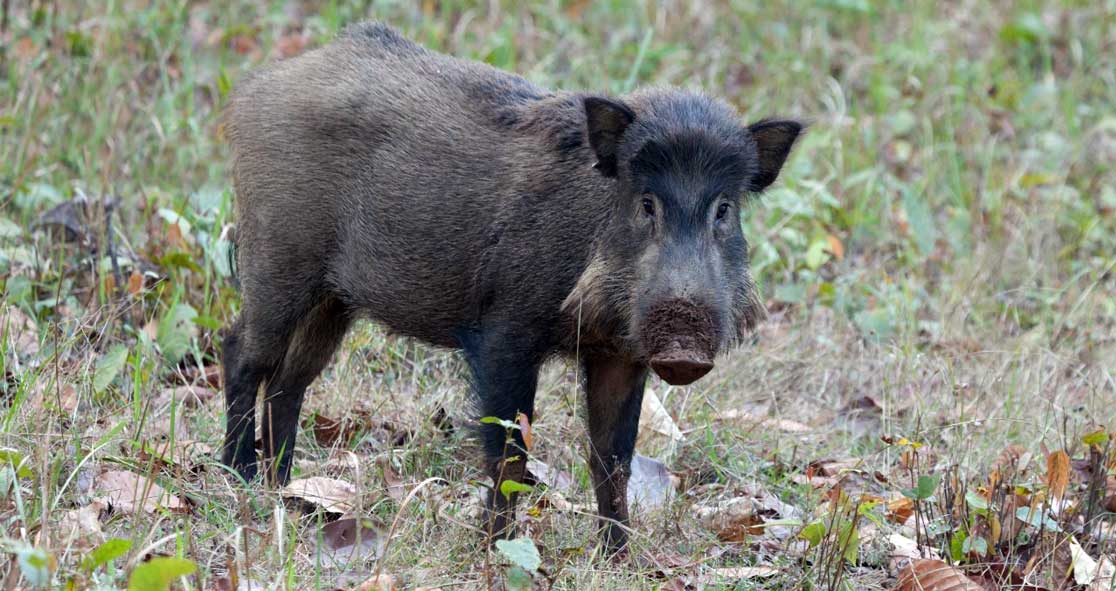A new study from the researchers of the University of Queensland and the University of Canberra has found that wild pigs are one of the most damaging invasive species on Earth, damaging agriculture and native wildlife, according to The Conversation.
The researchers explained that wild pigs are harmful because they uproot soil at vast scales and release 4.9 million tons of carbon dioxide each year – the same as one million cars.
The authors of the study include Christopher O’Bryan, Eve McDonald-Madden, Jim Hone, Matthew Holden, and Nicholas Patton.
“Our findings were staggering,” they wrote. “We discovered the cumulative area of soil uprooted by wild pigs is likely the same area as Taiwan. This releases 4.9 million tons of carbon dioxide each year — the same as one million cars. The majority of these emissions occur in Oceania.”
The investigators explained a huge portion of Earth’s carbon is stored in soil and releasing even a small fraction into the atmosphere can affect the climate.
Wild pigs are native throughout much of Europe and Asia, and it is estimated that more than three million wild pigs live in Australia alone.
“It’s estimated that wild pigs destroy more than A$100 million (US$74 million) worth of crops and pasture each year in Australia,” the authors wrote, “and more than US$270 million (A$366 million) in just 12 states in the USA.”
To find out the impact of wild pigs on the environment on a global scale, the authors ran 10,000 simulations of wild pig population sizes in their non-native distribution, including in the Americas, Oceania, Africa, and parts of Southeast Asia.
For each simulation, we determined the amount of soil they would disturb using another model from a different study. Lastly, we used local case studies to calculate the minimum and maximum amount of wild pig-driven carbon emissions.
“Most of this soil damage and associated emissions occur in Oceania due to the large distribution of wild pigs there, and the amount of carbon stored in the soil in this region,” the researchers wrote.
In Australia, officials coordinate hunting events in order to slow down the spread of wild pig populations. Other hunting techniques include setting traps, installing fences, and using aerial control programs.
However, some of these control methods could also lead to substantial carbon emissions. Still, “the long-term benefits of wild pig reduction may far outweigh these costs,” according to the authors. The article was published online on The Conversation.























